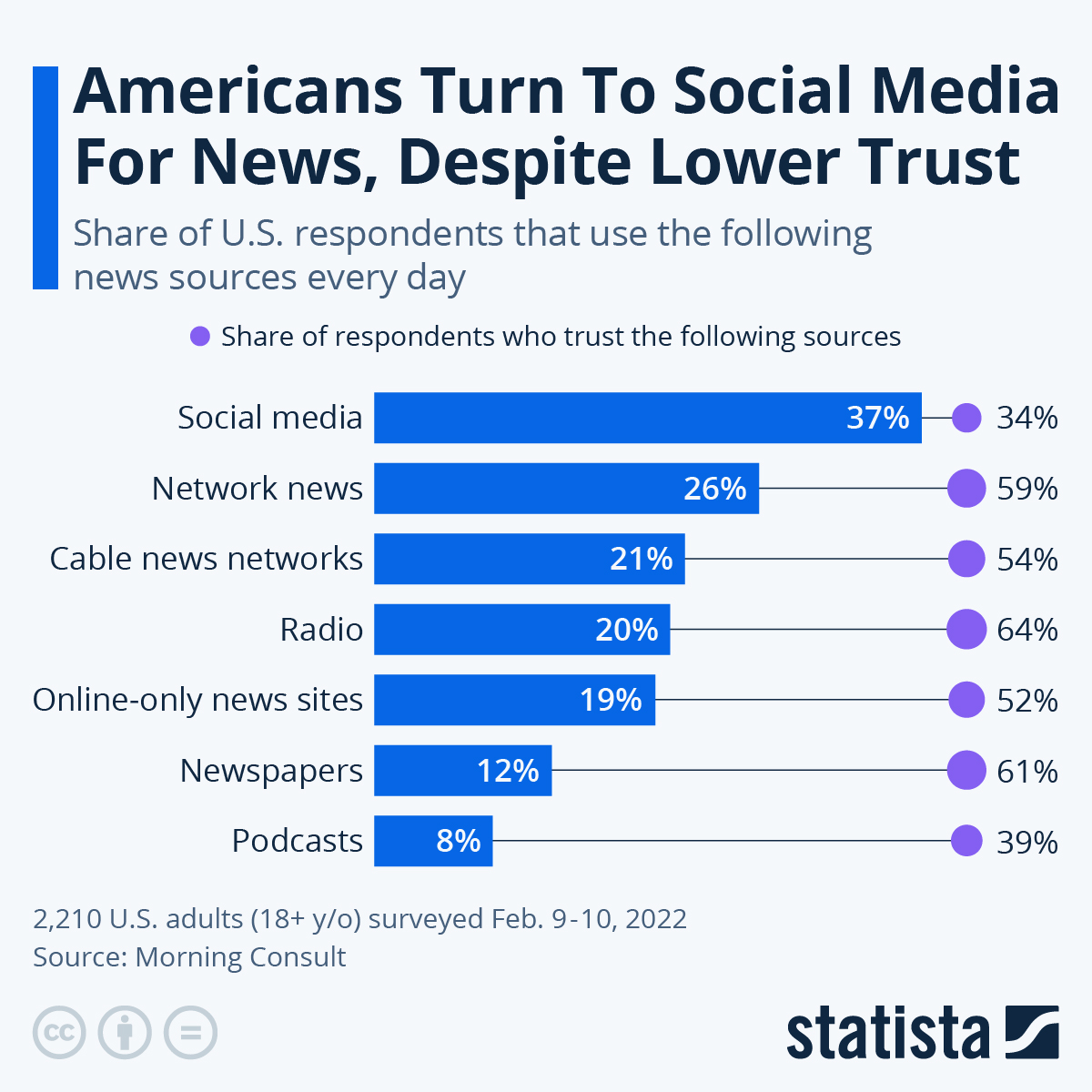Navigating Facts, Opinions, and Beliefs in Online Communication
In today's digital age, distinguishing between facts, opinions, and beliefs has become a crucial skill, especially when it comes to online communication. Whether it's a casual chat on social media or a formal discussion in an online forum, being able to tell the difference between these elements can help you navigate the sea of information more effectively.
Understanding Facts, Opinions, and Beliefs
A fact is something that can be verified. It's based on objective evidence and can be proven true or false. For instance, "World War II ended in 1945" is a fact because it's supported by historical records. Facts are essential for building strong arguments and making informed decisions (Writing@CSU, n.d.).
An opinion, on the other hand, is a judgment based on facts. It's a personal interpretation of information and can vary from person to person. For example, you might think that national health insurance is necessary because many people lack proper medical care. This opinion is influenced by the facts but is open to change based on new evidence or different interpretations (Writing@CSU, n.d.).
Also, Beliefs are similar to opinions but are more deeply rooted in cultural or personal values. They're often based on emotion or faith and aren't easily swayed by facts or evidence. A statement like "Capital punishment is legalized murder" reflects a belief because it's grounded in moral conviction rather than objective truth (Writing@CSU, n.d.).
The Podcast Connection
To explore these concepts further, I recommend the "Hidden Brain: The Fake News Effect" podcast by NPR. Here's the link Fake News: An Origin Story - Hidden Brain - Apple Podcasts This episode delves into how fake news and misinformation spread, the psychological reasons behind why people believe false information, and the challenges of distinguishing between facts, opinions, and beliefs. In the podcast, host Shankar Vedantam discusses how fake news is crafted and how it exploits cognitive biases to spread widely. The episode provides real-life examples of misinformation and disinformation, explaining why people are often drawn to information that confirms their pre-existing beliefs. Vedantam interviews experts in psychology and communication to shed light on the cognitive processes that make it difficult for people to let go of misinformation, even when confronted with factual evidence. According to Vedantam (2023), fake news exploits cognitive biases to spread widely and persists in people's memories even after being corrected. I think This podcast aligns closely with our class discussions on media literacy and critical thinking. It emphasizes the importance of questioning the information we encounter and being aware of the psychological factors that influence our perceptions. By understanding how misinformation spreads and why it sticks, we can become more discerning consumers of information and improve our ability to communicate effectively in the digital age.
Additionally, I found a YouTube video that discusses misinformation and the importance of critical thinking in today's media landscape. The Critical Thinking Bootcamp: Skills, Tools, and Resources to Help Navigate a World of Misinformation video is an invaluable resource for anyone looking to enhance their media literacy skills. Presented by experienced librarians, this video delves into the essentials of critical thinking, offering practical tools and strategies to identify and respond to misinformation. It emphasizes the importance of questioning sources, recognizing biases, and using reliable resources to form well-informed opinions. You can watch the video on YouTube here
According to Abrahams (2023), effective communication techniques can help manage one's reputation and convey complex information clearly. This ties into our class discussions on the importance of clarity and professionalism in online interactions. Understanding the nuances of facts, opinions, and beliefs can enhance your ability to communicate effectively and avoid misunderstandings.
Media Convergence and Influence
Media convergence plays a significant role in how information is disseminated and consumed. The merging of different media channels, such as print and online platforms, allows information to spread rapidly and reach a wider audience. However, it also means that misinformation can travel just as quickly. This convergence makes it even more important to critically evaluate the information you encounter and identify the underlying facts, opinions, and beliefs (Communication Theory, n.d.).
Media influence refers to the impact that media messages have on individuals' beliefs and behaviors. For example, how frequently do you check your email or social media accounts? Do you leave the TV or music on while doing other things? The content you consume can shape your thoughts and conversations. Understanding the influence of media can help you become more aware of how it affects your perceptions and decisions (Communication Theory, n.d.).
Here is the link for the image https://www.statista.com/chart/29327/share-of-people-that-use--and-trust-different-news-sources/
Confronting Bias
Misinformation is persistent and can stick in people's memories even after being corrected, especially if it aligns with their pre-existing beliefs, it's essential to be aware of your biases and critically analyze the information you encounter. Effective research should draw on multiple perspectives but shouldn't privilege incorrect information just because it supports your views.
conclusion
By developing the ability to distinguish between facts, opinions, and beliefs, and understanding the core principles of communication privacy management, you can become a more informed and effective communicator. This skill is not only valuable in academic and professional settings but also in everyday interactions.
References:
Abrahams, M. (2023). Effective Communication Techniques.
Communication Theory. (n.d.). Media Convergence. Retrieved from Communication Theory.
NPR. (2023). Hidden Brain: The Fake News Effect. Retrieved from Apple Podcasts.
Writing@CSU. (n.d.). Facts vs. Opinions. Retrieved from Writing@CSU.
YouTube. (2021). Critical Thinking Bootcamp: Skills, Tools, and Resources to Help Navigate a World of Misinformation. Retrieved from YouTube.

Comments
Post a Comment